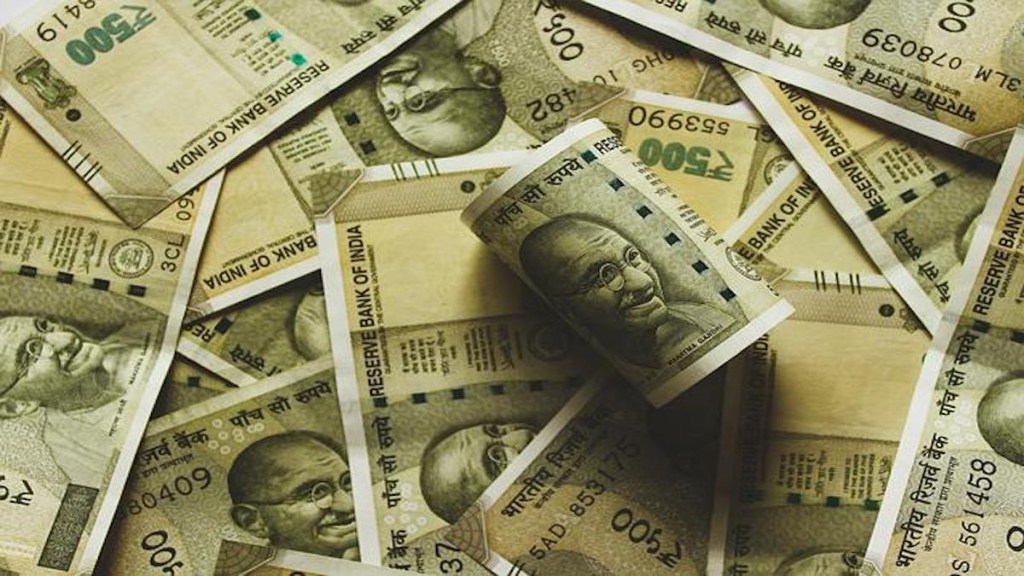Infrastructure assets are becoming strong contenders for investment by bond market because of their improving credit risk profile and long-term nature, CRISIL, a global analytical company providing ratings, research, and risk and policy advisory services, said in a report today.
The report further said that the improvement in credit risk profile reflects the raft of policy facilitations that have helped shore up the attractiveness of the Indian infrastructure sector as an investment destination by several notches.
These include more equitable risk sharing between the concessioning authorities and private developers; enhanced role of central counterparties leading to predictable payment cycles; the emergence of infrastructure investment trusts (InvITs) aiding in leverage reduction and broad-basing of ownership; and the Insolvency and Bankruptcy Code (IBC) and pre-IBC platforms facilitating faster stressed-asset resolutions, according to the report.
Also Read: Retirement fund turns Rs 10,000/month to Rs 9 lakh in 5 years, tops category – 5 points
As per the report, entities rated AAA and AA comprised ~46% of the CRISIL Ratings infra portfolio (361 companies) last fiscal, compared with ~22% (260 companies) in fiscal 2017. This is also reflected in the median ratings in CRISIL Ratings portfolio of infra assets improving from “BBB” in fiscal 2017 to “A+” in the last fiscal.
Little surprise that the domestic infrastructure sectors have been able to attract over $74 billion foreign direct investments as per the Reserve Bank of India in the past five fiscals, including from marquee global investors such as Blackstone, Brookfield, KKR, Macquarie, CDPQ and Canadian Pension Plan Investment Board, CRISIL said in a statement.
Commenting on the report, Gurpreet Chhatwal, MD, CRISIL Ratings Ltd said, “The government has taken a slew of measures to address legacy issues in the infrastructure sector. Risk sharing in contracts has improved with the concessioning authorities assuming their fair share of risks, and concession agreements revised to remove bottlenecks. Now, central counterparties are playing a greater role, and the introduction of InvITs has boosted investor confidence.”
Central counterparties such as the National Highways Authority of India (NHAI), the Solar Energy Corporation of India (SECI)/ NTPC, and the Power Grid Corporation of India have ensured predictability in the payment cycles, thus reducing cash-flow volatility materially. This has improved investor confidence — as reflected in the share of renewable energy projects with SECI and NTPC as counterparties expected to increase to 57%2 by next fiscal from 21% in fiscal 2019.
Also, the NHAI is contributing as much as 40% of the hybrid annuity model or HAM project cost in the construction phase, thereby significantly increasing its own skin in the game.
Also Read: RBI Alert List: Using these apps and websites will land you in legal trouble – Full list
Somasekhar Vemuri, Senior Director, CRISIL Ratings Ltd, said, “Currently, infrastructure segment constitutes only ~15% of the annual domestic bond issuance by volume. With improved risk profile, presence of a resolution platform and relatively stronger recovery prospects, infrastructure bond issuances can find favour with bond market investors. Given their long tenure, these can be a natural fit when it comes to investment requirements of patient capital investors.”
The report further said that the imminent merger of HDFC and HDFC Bank only adds to the opportunity as the group is expected to replace capital-market borrowings with sticky retail deposits post-merger. HDFC is one of the largest private-sector issuers, cornering ~8% of the bond market. After the merger, bond issuances from the combined entity are expected to trend lower than the combined issuances from the separate entities, creating a supply-side gap.

